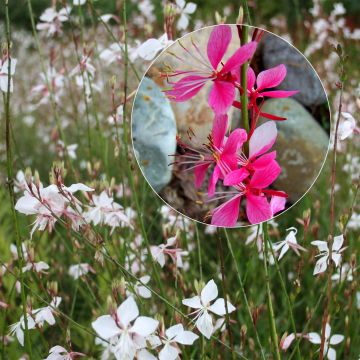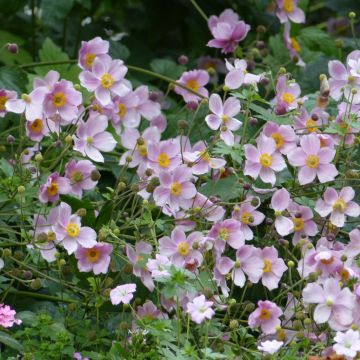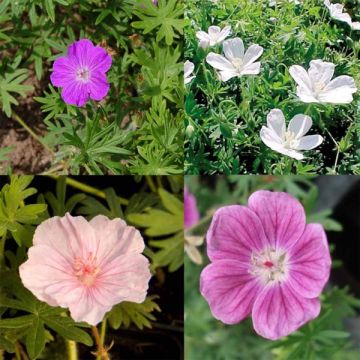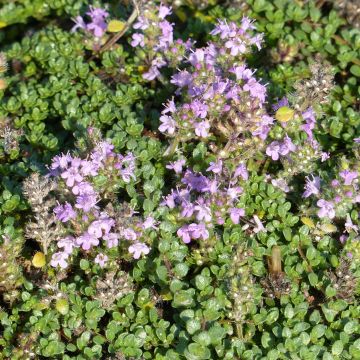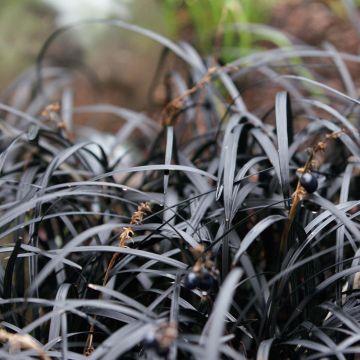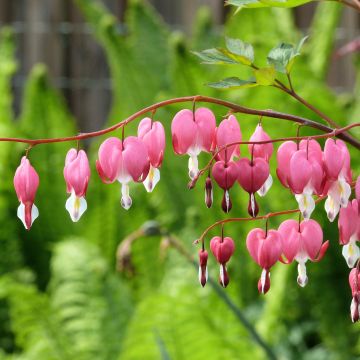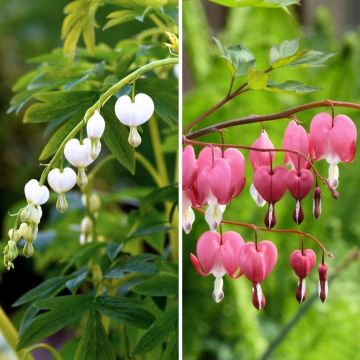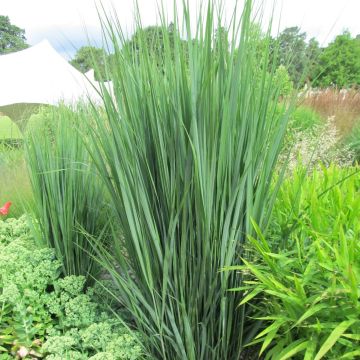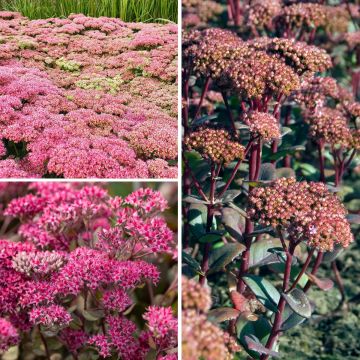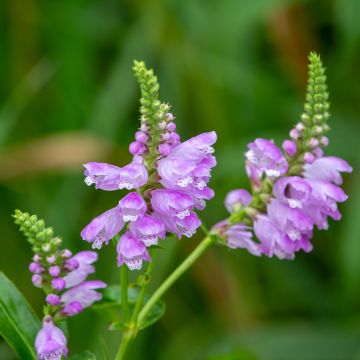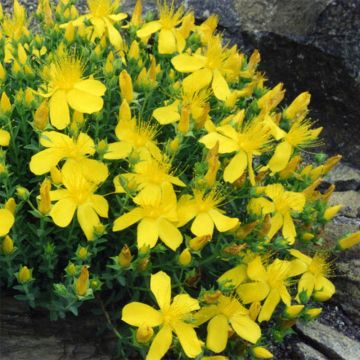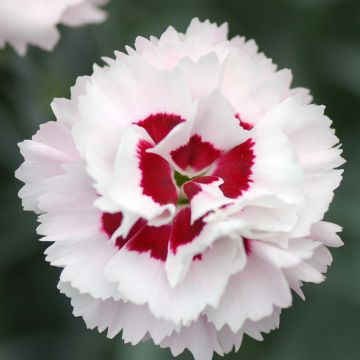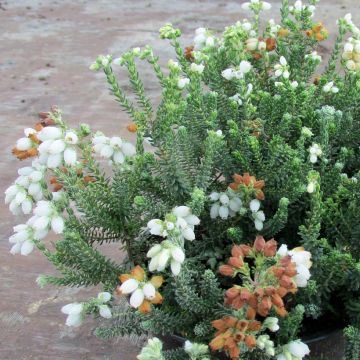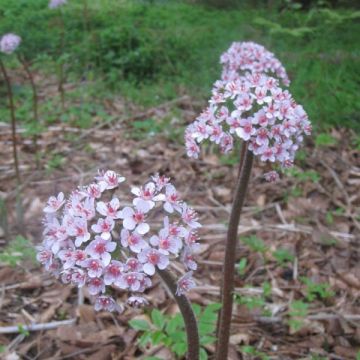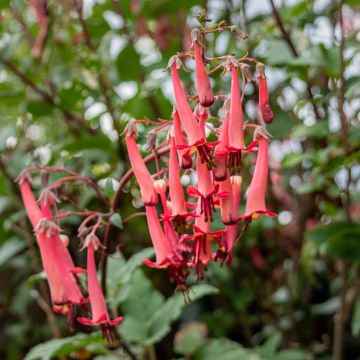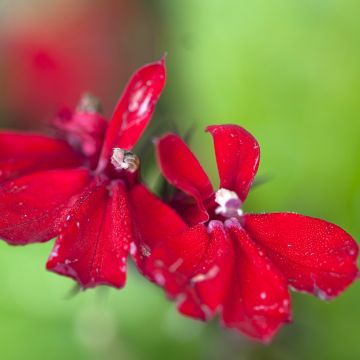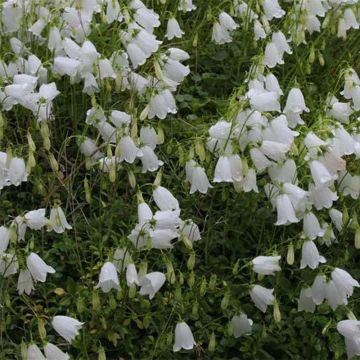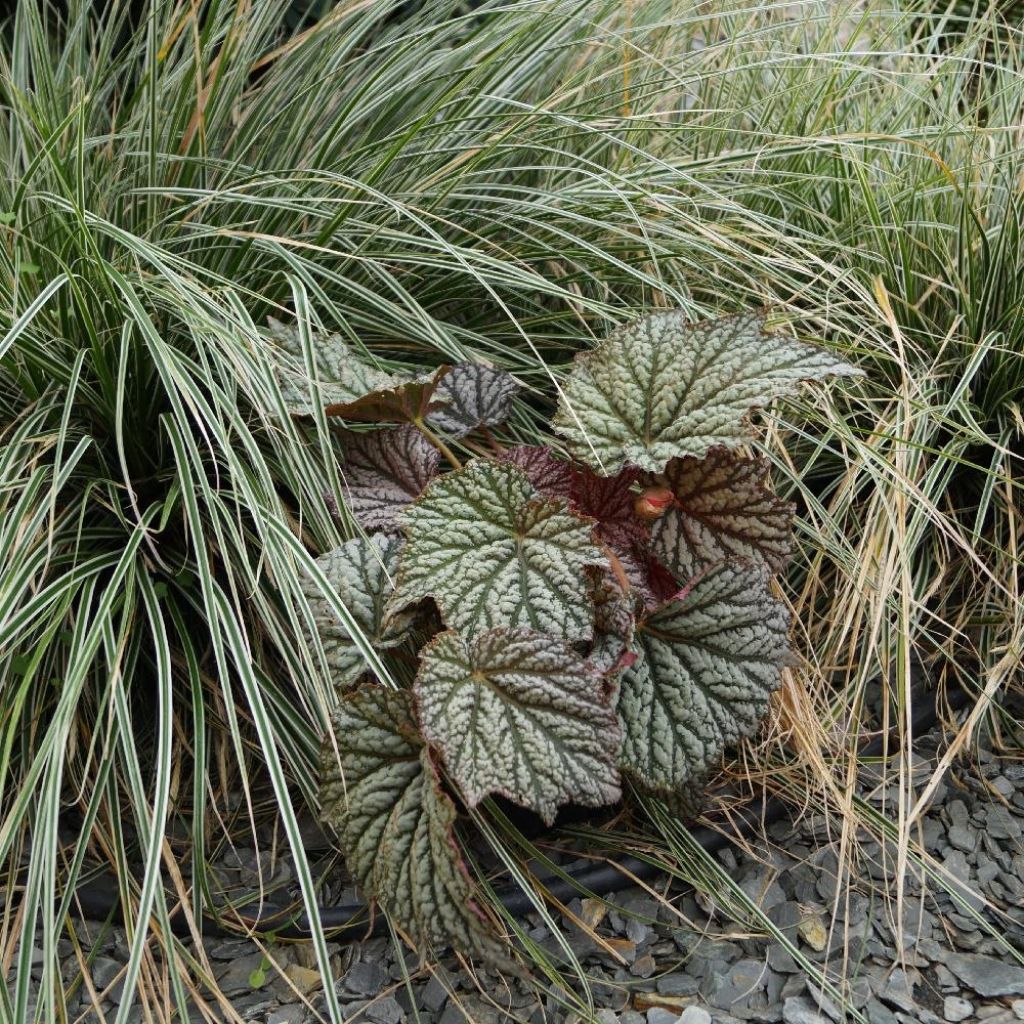

Begonia Silver Moon
Begonia Silver Moon
Begonia Silver Moon
Hybrid Begonia
Why not try an alternative variety in stock?
View all →This plant carries a 12 months recovery warranty
More information
We guarantee the quality of our plants for a full growing cycle, and will replace at our expense any plant that fails to recover under normal climatic and planting conditions.
From €5.90 for pickup delivery and €6.90 for home delivery
Express home delivery from €8.90.
Does this plant fit my garden?
Set up your Plantfit profile →
Description
The 'Silver Moon' Begonia is a semi-hardy Begonia with large dark green leaves marbled with silver. During the summer and into early autumn, it produces delicate little pink flowers. With its exotic and elegant appearance, it will bring life to your shady beds in mild climates, but you can also keep it in a pot in colder regions. It requires a moist and humus-rich soil to thrive.
The 'Silver Moon' Begonia is a variety resulting from hybridizations between several Asian species. Begonias give their name to the Begoniaceae family, which mainly includes tropical plants. Therefore, few can be planted outdoors in our climates. The only truly hardy species is Begonia grandis, but 'Silver Moon' is part of these relatively recent varieties that can be considered semi-hardy. It has large toothed leaves with silver marbling, revealing an elegant network of dark green veins. The young leaves are slightly shaded with pink and purplish on the underside, and the petiole is also purplish red. The plant forms a compact clump about 30cm (12in) tall and 40cm (16in) wide. Between July and September, or even October, it produces slender spikes that can exceed 40cm (16in), carrying small candy pink flowers suspended at the end of slender peduncles that are also pink.
At the first frost, Begonia leaves wither and disappear quickly. In addition, in spring, the stumps emerge late from their rest. Therefore, carefully locate their position to avoid accidentally hoeing the stump!
The 'Silver Moon' Begonia can be planted outdoors in mild climates, such as by the sea, in wooded areas where its beautiful marbling will brighten up shady areas in partial shade or shade. It appreciates moist to wet humus-rich soils that are well-drained, in which it can withstand brief frosts of around -5 to -7°C (23 to 19.4°F), perhaps more, but the variety is recent and its cultivation lacks experience. Waterlogged soils in winter should be avoided, but they should not dry out too much during summer either. Elsewhere, it can be given a prominent place in a potted composition that is kept frost-free, or possibly in a very sheltered patio. If the location suits it, the clump will slowly spread by short fleshy but brittle rhizomes.
It will blend very well with other plants that prefer cool shade, such as Saruma henryi, Cautleya gracilis, Epimedium 'Amber Queen', or even bushes like Mahonia nitens 'Cabaret'. Also consider planting spring bulbs (daffodils, squills, snowdrops...) to fill the space while waiting for the leaves to emerge.
Report an error about the product description
Flowering
Foliage
Plant habit
Botanical data
Begonia
Silver Moon
Begoniaceae
Hybrid Begonia
Cultivar or hybrid
Other Perennials A to Z
Planting and care
Outdoor Begonias thrive in humus-rich, moist to wet soil, without limestone, in partial shade or shade. However, waterlogged soils in winter can harm their hardiness. In humus-bearing soil, Begonia slowly spreads through its rootstock. In regions with cold winters, cover the stumps with a thick layer of dead leaves and straw. The foliage disappears in winter and reappears late in spring. Feed this hungry plant with compost, provide it with water if the weather is dry, and protect it from slugs and snails.
Planting period
Intended location
Care
This item has not been reviewed yet - be the first to leave a review about it.
Summer flowering perennials
Haven't found what you were looking for?
Hardiness is the lowest winter temperature a plant can endure without suffering serious damage or even dying. However, hardiness is affected by location (a sheltered area, such as a patio), protection (winter cover) and soil type (hardiness is improved by well-drained soil).

Photo Sharing Terms & Conditions
In order to encourage gardeners to interact and share their experiences, Promesse de fleurs offers various media enabling content to be uploaded onto its Site - in particular via the ‘Photo sharing’ module.
The User agrees to refrain from:
- Posting any content that is illegal, prejudicial, insulting, racist, inciteful to hatred, revisionist, contrary to public decency, that infringes on privacy or on the privacy rights of third parties, in particular the publicity rights of persons and goods, intellectual property rights, or the right to privacy.
- Submitting content on behalf of a third party;
- Impersonate the identity of a third party and/or publish any personal information about a third party;
In general, the User undertakes to refrain from any unethical behaviour.
All Content (in particular text, comments, files, images, photos, videos, creative works, etc.), which may be subject to property or intellectual property rights, image or other private rights, shall remain the property of the User, subject to the limited rights granted by the terms of the licence granted by Promesse de fleurs as stated below. Users are at liberty to publish or not to publish such Content on the Site, notably via the ‘Photo Sharing’ facility, and accept that this Content shall be made public and freely accessible, notably on the Internet.
Users further acknowledge, undertake to have ,and guarantee that they hold all necessary rights and permissions to publish such material on the Site, in particular with regard to the legislation in force pertaining to any privacy, property, intellectual property, image, or contractual rights, or rights of any other nature. By publishing such Content on the Site, Users acknowledge accepting full liability as publishers of the Content within the meaning of the law, and grant Promesse de fleurs, free of charge, an inclusive, worldwide licence for the said Content for the entire duration of its publication, including all reproduction, representation, up/downloading, displaying, performing, transmission, and storage rights.
Users also grant permission for their name to be linked to the Content and accept that this link may not always be made available.
By engaging in posting material, Users consent to their Content becoming automatically accessible on the Internet, in particular on other sites and/or blogs and/or web pages of the Promesse de fleurs site, including in particular social pages and the Promesse de fleurs catalogue.
Users may secure the removal of entrusted content free of charge by issuing a simple request via our contact form.
The flowering period indicated on our website applies to countries and regions located in USDA zone 8 (France, the United Kingdom, Ireland, the Netherlands, etc.)
It will vary according to where you live:
- In zones 9 to 10 (Italy, Spain, Greece, etc.), flowering will occur about 2 to 4 weeks earlier.
- In zones 6 to 7 (Germany, Poland, Slovenia, and lower mountainous regions), flowering will be delayed by 2 to 3 weeks.
- In zone 5 (Central Europe, Scandinavia), blooming will be delayed by 3 to 5 weeks.
In temperate climates, pruning of spring-flowering shrubs (forsythia, spireas, etc.) should be done just after flowering.
Pruning of summer-flowering shrubs (Indian Lilac, Perovskia, etc.) can be done in winter or spring.
In cold regions as well as with frost-sensitive plants, avoid pruning too early when severe frosts may still occur.
The planting period indicated on our website applies to countries and regions located in USDA zone 8 (France, United Kingdom, Ireland, Netherlands).
It will vary according to where you live:
- In Mediterranean zones (Marseille, Madrid, Milan, etc.), autumn and winter are the best planting periods.
- In continental zones (Strasbourg, Munich, Vienna, etc.), delay planting by 2 to 3 weeks in spring and bring it forward by 2 to 4 weeks in autumn.
- In mountainous regions (the Alps, Pyrenees, Carpathians, etc.), it is best to plant in late spring (May-June) or late summer (August-September).
The harvesting period indicated on our website applies to countries and regions in USDA zone 8 (France, England, Ireland, the Netherlands).
In colder areas (Scandinavia, Poland, Austria...) fruit and vegetable harvests are likely to be delayed by 3-4 weeks.
In warmer areas (Italy, Spain, Greece, etc.), harvesting will probably take place earlier, depending on weather conditions.
The sowing periods indicated on our website apply to countries and regions within USDA Zone 8 (France, UK, Ireland, Netherlands).
In colder areas (Scandinavia, Poland, Austria...), delay any outdoor sowing by 3-4 weeks, or sow under glass.
In warmer climes (Italy, Spain, Greece, etc.), bring outdoor sowing forward by a few weeks.


































